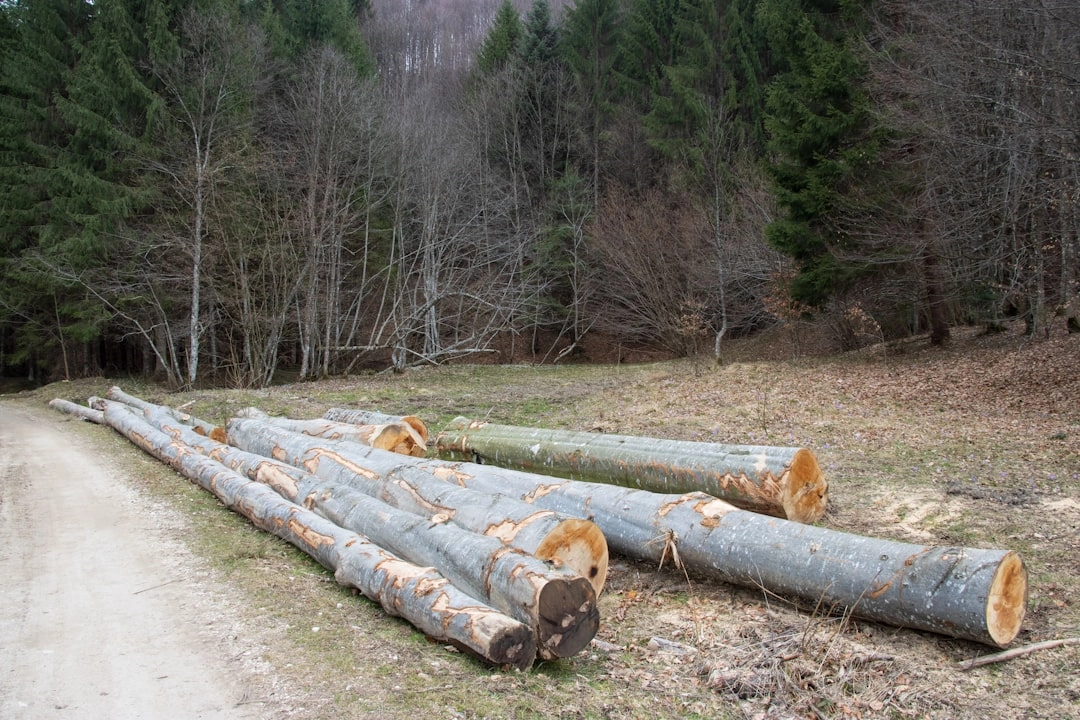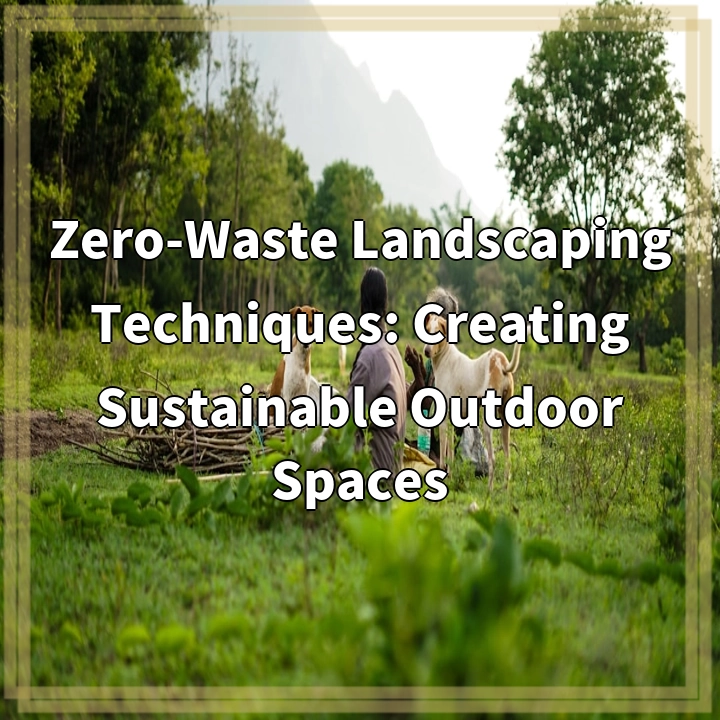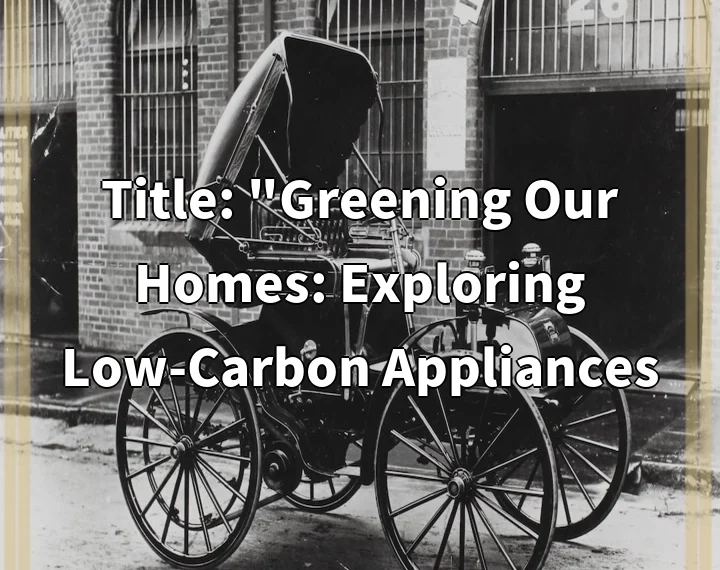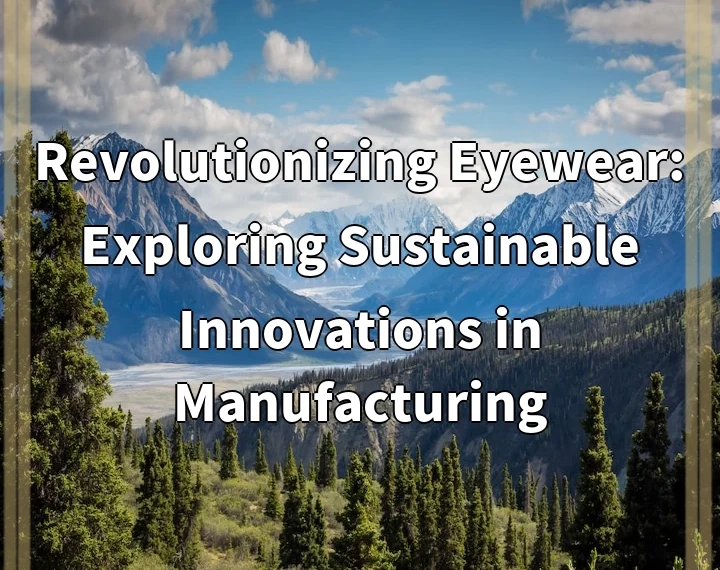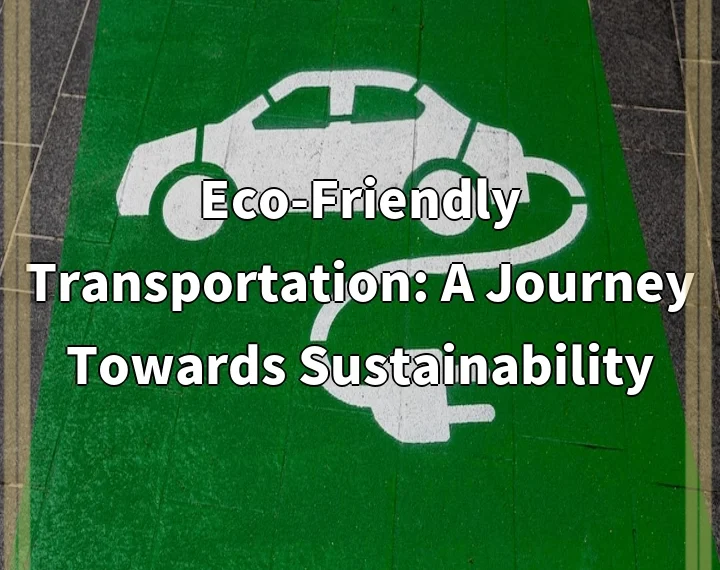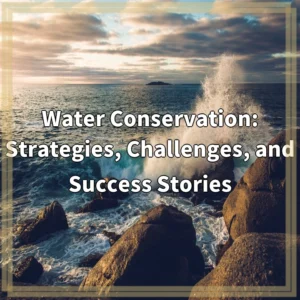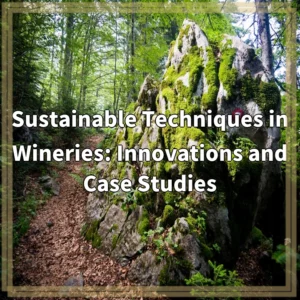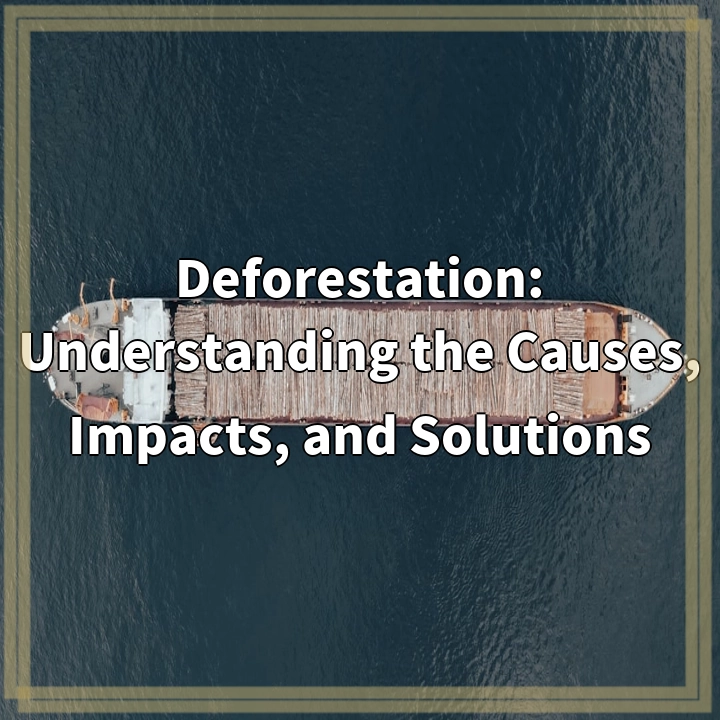
What it is:
Deforestation refers to the large-scale clearing or removal of trees from forested areas, which is often done for agriculture, urbanization, logging, or mining. This process can lead to a permanent loss of forest cover and has significant environmental implications. According to the Food and Agriculture Organization (FAO), millions of hectares of forests are lost every year, contributing to a myriad of ecological and socioeconomic challenges.
Real-World Problems:
Loss of Biodiversity
One of the most pressing issues associated with deforestation is the loss of biodiversity. Forests are home to over 80% of the world’s terrestrial species. As habitats are destroyed, countless species face extinction, disrupting ecosystems and diminishing the richness of our planet’s flora and fauna.
Climate Change
Forests act as carbon sinks, absorbing carbon dioxide from the atmosphere. When trees are cut down and burned, stored carbon is released back into the atmosphere, contributing to climate change. Deforestation is responsible for approximately 10% of global greenhouse gas emissions, exacerbating global warming and its associated impacts.
Soil Erosion and Degradation
The removal of trees leads to soil erosion and degradation. Without roots to anchor soil, rain can wash away the topsoil, leading to decreased agricultural productivity and increasing the risk of landslides. This erosion not only affects the land’s fertility but also contributes to water quality issues as sediment is washed into rivers and lakes.
Impact on Indigenous Communities
Many indigenous communities rely on forests for their livelihoods, culture, and survival. Deforestation often displaces these communities, threatens their way of life, and deprives them of their ancestral lands. The loss of forests can lead to social and cultural disintegration, as well as increased poverty rates among these populations.
Water Cycle Disruption
Forests play a crucial role in maintaining the water cycle by regulating rainfall and maintaining groundwater levels. Deforestation can lead to altered precipitation patterns and increased risks of droughts and floods, negatively impacting agriculture, drinking water supplies, and natural habitats.
Economic Consequences
While deforestation may provide short-term economic benefits, such as timber sales and agricultural development, the long-term economic consequences can be detrimental. The loss of ecosystem services provided by forests—such as clean water, air purification, and climate regulation—can lead to significant economic losses for countries dependent on these natural resources.

Solutions to Deforestation
Reforestation and Afforestation
Reforestation involves planting trees in areas where forests have been cut down, while afforestation refers to planting trees in previously non-forested areas. Both strategies help restore ecosystems, boost biodiversity, and sequester carbon, thereby combating climate change.
Sustainable Forestry Practices
Implementing sustainable forestry practices can minimize the environmental impact of logging. This includes techniques such as selective logging, reduced impact logging, and certification schemes like the Forest Stewardship Council (FSC) that ensure forests are managed responsibly.
Legislation and Enforcement
Developing and enforcing laws that protect forests is essential. Governments can introduce policies that limit deforestation, promote sustainable land management, and penalize illegal logging. International cooperation is also vital to combat issues like illegal timber trade.
Community Engagement and Indigenous Rights
Involving local communities in forest management can lead to more sustainable outcomes. Recognizing and empowering indigenous peoples’ rights over their ancestral lands can help conserve forests, as these communities often have a deep understanding of sustainable practices.
Promoting Agroforestry
Agroforestry combines agriculture and forestry practices, allowing farmers to cultivate crops alongside trees. This approach enhances biodiversity, improves soil health, and provides economic benefits, promoting food security while conserving forests.
Consumer Awareness and Sustainable Choices
Educating consumers about the impacts of their choices is crucial. Supporting sustainably sourced products, reducing meat consumption, and choosing goods that are certified eco-friendly can drive demand for sustainable practices and reduce pressure on forests.
Technological Innovations
Embracing technology can enhance conservation efforts. Satellite monitoring and remote sensing can help track deforestation rates, while innovative tools like drones can assist in reforestation projects, making them more efficient and effective.
